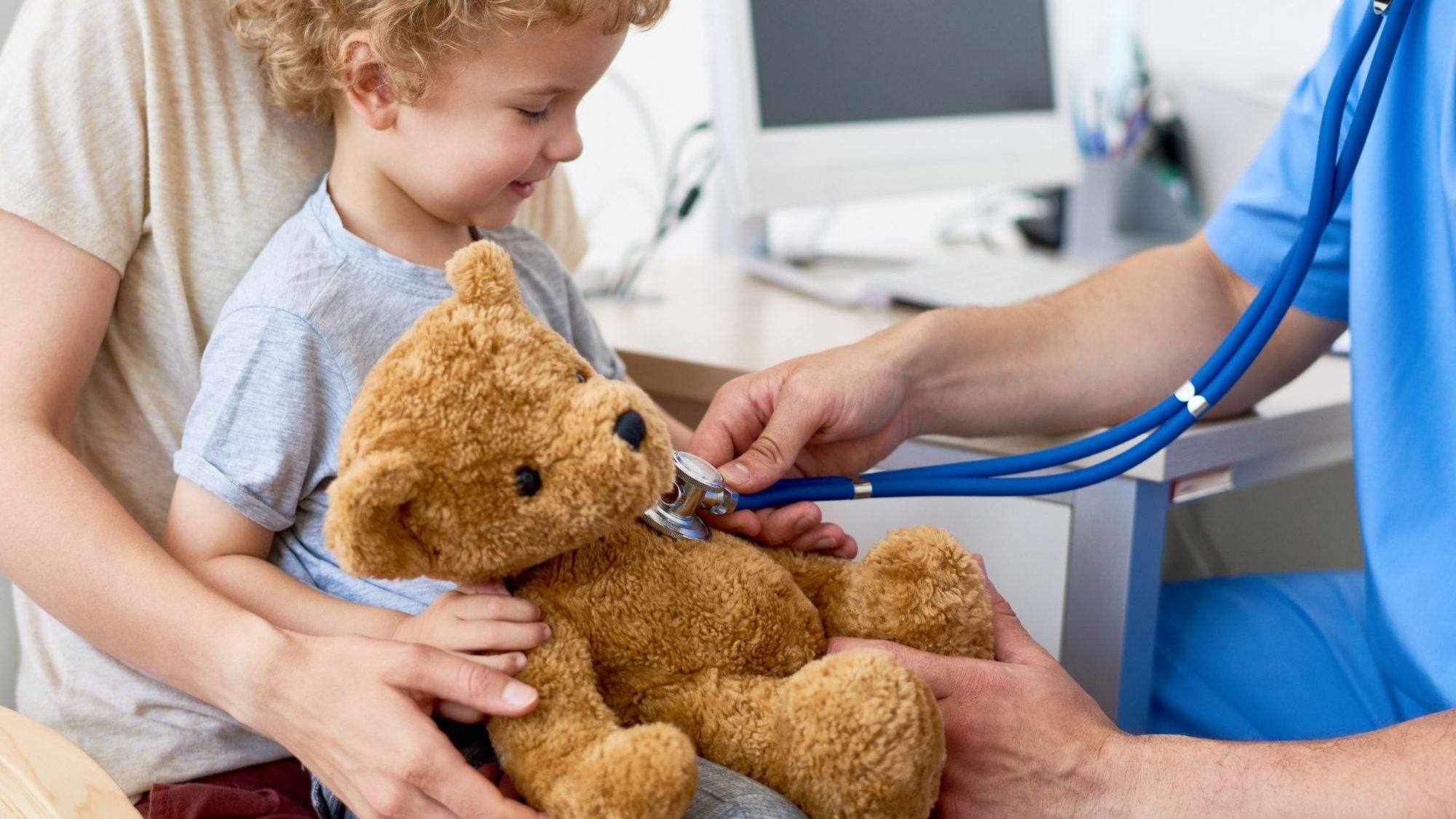
The development of a child’s musculoskeletal system is an intricate, dynamic process defined by rapid growth, continuous remodeling, and a unique vulnerability to stresses that an adult body simply doesn’t face. Unlike mature bones, which have finished growing, a child’s skeleton contains growth plates (physes)—areas of soft, developing cartilage—that are often the weakest link in the chain, making them susceptible to injury or disease patterns rarely seen in adults. Pediatric orthopedics is not merely a miniaturized version of adult bone and joint care; it is a specialized discipline focused on diagnosing and managing these distinct developmental, congenital, traumatic, and neuromuscular conditions while safeguarding the child’s potential for future growth and function. Parents, as the primary observers of their child’s daily movements and postures, hold the essential role of first responder and initial detector of potential issues, making their awareness of subtle signs non-negotiable for achieving the best long-term outcomes.
The First Three Years: Vigilance for Developmental Hip Dysplasia
The initial stages of life are a critical window for the proper development of the hip joint, and parents must be acutely aware of signs related to Developmental Dysplasia of the Hip (DDH). This condition involves the improper formation of the hip socket and ball, ranging from mild looseness to a complete dislocation, and if missed early, it can lead to lifelong limping, pain, and the need for major surgery in adulthood. DDH is insidious because it is often painless in infancy, meaning the child doesn’t signal distress in the way they would with a broken bone.
…painless in infancy…
Instead of crying, the signs manifest as subtle asymmetries that observant parents are best positioned to catch. These might include an apparent difference in the length of the legs, a discrepancy in the folds of skin on the inner thigh or buttocks, or an unusual clicking or clunking sound sometimes felt during diaper changes. While routine pediatric screenings often involve physical manipulation tests for newborns, parents should maintain vigilance, particularly as the child approaches the milestones of sitting and walking, ensuring that early detection allows for the simplest, non-surgical treatments like harnesses or bracing.
Navigating the Gait: When a Walk Becomes a Worry
As a child begins to walk, the gait pattern becomes a map for orthopedic health, and parents frequently observe variations that spark anxiety. In-toeing (“pigeon-toed”) and out-toeing are common developmental variations, often stemming from rotations in the femur, tibia, or foot itself. The crucial distinction that pediatric orthopedists make is separating these benign, self-correcting developmental rotations from more serious, persistent problems that require intervention.
…separating these benign, self-correcting developmental rotations from more serious, persistent problems…
Most cases of rotational abnormalities improve spontaneously as the child grows, driven by natural biological forces. However, parents should watch for patterns that are severe, worsening with age, or unilateral (affecting only one side), especially if the child frequently trips, struggles with running, or develops knee or hip pain. Persistent toe walking beyond the age of three—where the child habitually walks on the balls of their feet—is another pattern requiring attention, as it may be due to a short heel cord or, occasionally, a neurological issue, necessitating a comprehensive orthopedic and neurological evaluation to determine the underlying cause and guide appropriate physical therapy or bracing.
The Spinal Curve: Identifying the Subtle Shift of Scoliosis
One of the most concerning and often silent issues during the pre-adolescent and adolescent years is the development of scoliosis, an abnormal, three-dimensional curvature of the spine. Since the condition usually progresses during the rapid growth spurts of puberty, early detection is paramount to maximize the effectiveness of bracing and minimize the potential for surgical intervention later. This is where parental and school-based screenings are invaluable, as the slow progression often means the child experiences no pain initially.
…early detection is paramount to maximize the effectiveness of bracing…
Parents should routinely observe their child’s back, particularly when they are wearing a bathing suit or sports gear. Signs to watch for are often subtle asymmetries: one shoulder appearing higher than the other, one shoulder blade protruding more, or a noticeable prominence of the rib cage on one side when the child bends forward (the Adam’s forward bend test). While a mild curve might only require observation, a curve that is progressing rapidly—especially in a child still having significant growth remaining—demands immediate consultation with a specialist for precise measurement and timely management before the curve becomes structurally fixed and substantially larger.
The Pain Puzzle: Separating Growth Discomfort from Pathology
Children commonly complain of “growing pains,” typically described as deep, aching discomfort in the legs that occurs in the late afternoon or at night, and often responds to massage or simple pain relievers. While this is a recognized, benign syndrome, parents must be careful not to dismiss every instance of a child’s musculoskeletal pain as merely a part of getting bigger, as pain is the body’s most direct signal of underlying pathology.
…dismiss every instance of a child’s musculoskeletal pain as merely a part of getting bigger…
Persistent, localized pain that worsens with activity, is present in the morning, or causes the child to limp or refuse to bear weight is never considered a normal “growing pain.” This type of pain requires urgent investigation as it may signal issues like Osteomyelitis (a bone infection), Transient Synovitis (temporary hip joint inflammation), or, in adolescents, conditions like Slipped Capital Femoral Epiphysis (SCFE), a serious condition where the growth plate of the hip slips. The duration, location, and relationship of the pain to activity are the vital clues that determine whether a complaint is trivial or requires immediate medical attention.
Fractures and Growth Plates: The Vulnerability of the Physis
When a child sustains a fracture, the management approach is fundamentally different from that used for an adult due to the presence of the growth plate (physis). As the softest part of the bone structure, the physis is often the point of least resistance during trauma, and an injury here can have profound, long-term consequences on the length and alignment of the limb if not managed meticulously.
…the physis is often the point of least resistance during trauma…
Parents must understand that a seemingly minor fracture near a joint might conceal a serious growth plate injury (Salter-Harris classification). The pediatric orthopedic surgeon’s primary concern isn’t just resetting the broken bone, but ensuring the growth plate’s alignment and blood supply are preserved to prevent future growth arrest, which can lead to a limb length discrepancy or angular deformity. Any trauma resulting in swelling, visible deformity, or the inability to use a limb requires immediate professional evaluation, with imaging carefully reviewed by a specialist experienced in interpreting the delicate, developing skeletal structures.
The Unseen Issue: The Overuse Syndrome Epidemic
In the modern context of organized youth sports, overuse injuries—a category of conditions caused by repetitive strain without adequate rest—have become an epidemic in pediatric orthopedics. Unlike acute trauma, these injuries develop subtly over time and are often dismissed initially as simple muscle soreness, leading to chronic problems that are harder to treat.
…overuse injuries—a category of conditions caused by repetitive strain without adequate rest—have become an epidemic…
Parents need to be vigilant about the concept of sports specialization at a young age, which dramatically increases the risk. Conditions like Osgood-Schlatter disease (pain below the kneecap) or Sever’s disease (heel pain) are classic examples, resulting from repetitive pulling on soft growth plates by strong tendons. The key warning sign is pain that persists during or after activity and is not simply mild soreness. The solution rarely involves surgery; instead, it centers on controlled rest, cross-training, and addressing the underlying biomechanical issues and training errors, requiring a collaborative effort between the parent, coach, and physician.
The Foot Foundation: When is a Flat Foot a Concern?
Flat feet (pes planus) are a source of constant debate and parental questioning, as nearly all infants and toddlers appear to have them due to a naturally flexible foot and a protective fat pad. The arch typically develops naturally around the age of five to seven as muscles strengthen and the body gains coordination. The vast majority of pediatric flat feet are flexible flat feet, which are benign and painless.
…The vast majority of pediatric flat feet are flexible flat feet, which are benign and painless.
However, parents must recognize the characteristics of a rigid flat foot, which is the red flag requiring medical attention. A flexible flat foot will exhibit an arch when the child stands on their toes or when the foot is non-weight-bearing; a rigid flat foot remains flat even under these conditions, often causing pain, stiffness, or difficulty finding comfortable footwear. A rigid foot may signal an underlying structural problem, such as a tarsal coalition (an abnormal connection between bones in the foot), which is painful and requires intervention, making the subtle difference between flexible and rigid movement the critical diagnostic observation.
Neuromuscular Complications: Observing Functional Discrepancies
Pediatric orthopedics often intersects deeply with neurology, particularly in the management of children with neuromuscular conditions such as Cerebral Palsy (CP) or Spina Bifida. For these patients, the orthopedic challenges—contractures, hip dislocations, gait abnormalities—are secondary to the primary neurological disorder, making the observation of functional discrepancies vital.
…observing functional discrepancies vital.
Parents should pay close attention to changes in muscle tone (either increased stiffness or excessive floppiness) or an increasing asymmetry in movement, where the child heavily favors one side of the body. In a child with CP, an increase in spasticity can rapidly lead to joint contractures that limit mobility, while in Spina Bifida, new weakness or foot deformities can signal changes in spinal cord function. Early detection of these functional shifts allows the care team to preemptively adjust therapies, such as initiating Botox injections to relax spastic muscles or adjusting bracing protocols, thereby safeguarding the child’s hard-won mobility and independence.
The Joint Narrative: Tracking Swelling, Heat, and Limping
Beyond trauma, the joints themselves can be the site of significant pathology, including infections and inflammatory conditions. Septic arthritis (a joint infection) and Juvenile Idiopathic Arthritis (JIA) are two distinct conditions that often present similarly in their initial stages, demanding prompt and thorough evaluation.
…Tracking Swelling, Heat, and Limping.
Parents must be trained to look for the classic signs of joint inflammation: swelling, warmth to the touch, and significant pain. In a young child, the most telling sign is often an unexplained limp or the refusal to bear weight on the affected limb, which should never be ignored. Septic arthritis is a surgical emergency requiring immediate drainage to prevent destruction of the joint cartilage, while JIA requires rheumatological management to control inflammation. The common denominator is the acute, persistent, and localized nature of the symptoms, signaling an urgent need to differentiate between an infectious and an autoimmune cause.
The Parent as Partner: Documenting and Communicating Concerns
The greatest asset to a pediatric orthopedic team is an observant and meticulous parent. Because growth is continuous and children are masters of adaptive compensation, subtle problems can be easily missed in a brief clinical examination. The key to effective care, therefore, is the parent’s ability to act as a reliable and organized historian and observer of their child’s daily function.
…reliable and organized historian and observer of their child’s daily function.
This involves documenting when a limp started, how a pain changes throughout the day, or which specific activities seem to trigger discomfort. Taking videos of a child’s gait or noting the exact spot where a child points to a pain is often more informative than a rushed description in the clinic. By being a proactive partner—recording changes, adhering to prescribed brace-wearing schedules, and asking precise questions—the parent ensures that the specialist receives the longitudinal, detailed data necessary to make accurate, growth-sensitive diagnostic and treatment decisions that are aligned with the child’s unique trajectory of development.
